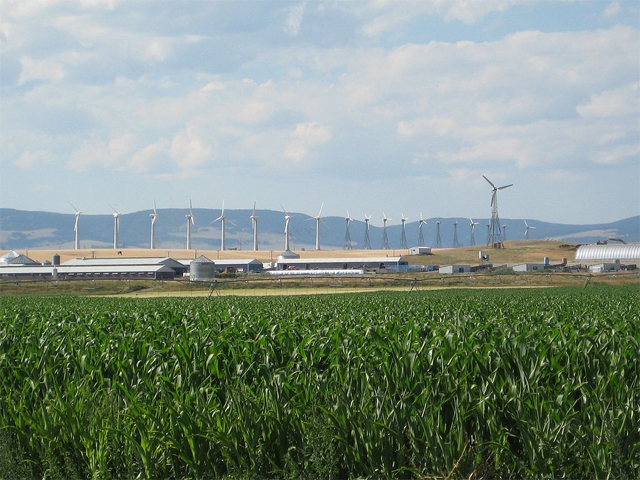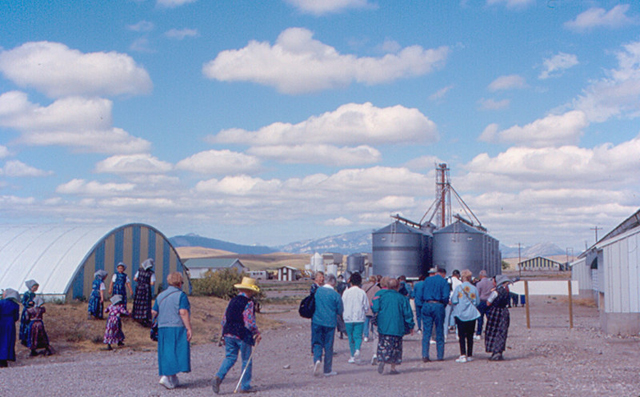One of the ways that hostile individuals in many majority groups express their negative feelings toward minorities is to invent economic problems that THEY, the minority, are causing for US, the majority. Attacking the economic difficulties that THEY supposedly cause is easy, even without facts to back up assertions.

For instance, many majority Americans assert that immigrants are taking jobs away from OUR people. Or, to focus on the peaceful societies, some Pennsylvania people will assert, erroneously, that the Amish don’t pay taxes. The Hutterites from the plains states of the Northcentral U.S. and the neighboring provinces of Canada have similarly had to contend with allegations of economic advantages for years.
The Bureau of Business and Economic Research at the University of Montana, along with some other academics, released a report on Tuesday last week which sets the record straight about the economic impact of the Hutterite colonies in their state. The figures it contains are compelling—the Hutterites are undeniably an economic asset to Montana. This research is the first attempt to study the economic impact of the Hutterites in that state.
According to a news story last week, the study concentrated on 38 of the 53 Montana Hutterite colonies which have 3,749 members. Those colonies had financial records that were readily available to the researchers.

The report from the university said that the colonies run 81 farming operations plus some manufacturing endeavors. The researchers argued that “the substantial linkages that exist between their agricultural and other operations and the rest of the state economy ultimately support jobs and income in non-Hutterite and non-agricultural sectors of the economy, resulting in a larger economic pie for all Montanans to share.”
The report provided details about the economic value to the rest of Montana from those colonies: 2,191 year-round, permanent jobs; $365.3 million in added revenues for Montana businesses; and $63.2 million in added pre-tax income for Montana households. It indicated that the colonies included in the survey produce 95 percent of the eggs in the state, 34 percent of its dairy products, 90 percent of its hogs, and so on.

Furthermore, the report enthused, “The communities implement cutting edge technologies to help promote efficiency and reduce labor requirements in their operations.” This contrasts with the opinions of a former state representative from Havre, Montana, named Bob Sivertsen. He alleged this past summer that the supposed tax advantages enjoyed by the Hutterites with their “socialist-commune system” give them an unfair edge over non-Hutterites. He proposed a boycott of Hutterite farm products.
In fact, the article pointed out, the colonies are among the largest payers of property taxes in Hill County, where Havre is located, plus Blaine and Liberty Counties next to it. It is harder to compare the income taxes paid by the colony members compared with the general population, though the Hutterite share is probably lower because profits from their operations are divided among the colony members.
Ron Nelson, a shareholder with the law firm in Great Falls, MT, that commissioned the study last fall, expressed the hope that the report will help respond to unfair criticisms of the Hutterites. “It really quantifies something that I think we already knew, and now we have the data and analysis to support what we already know.”